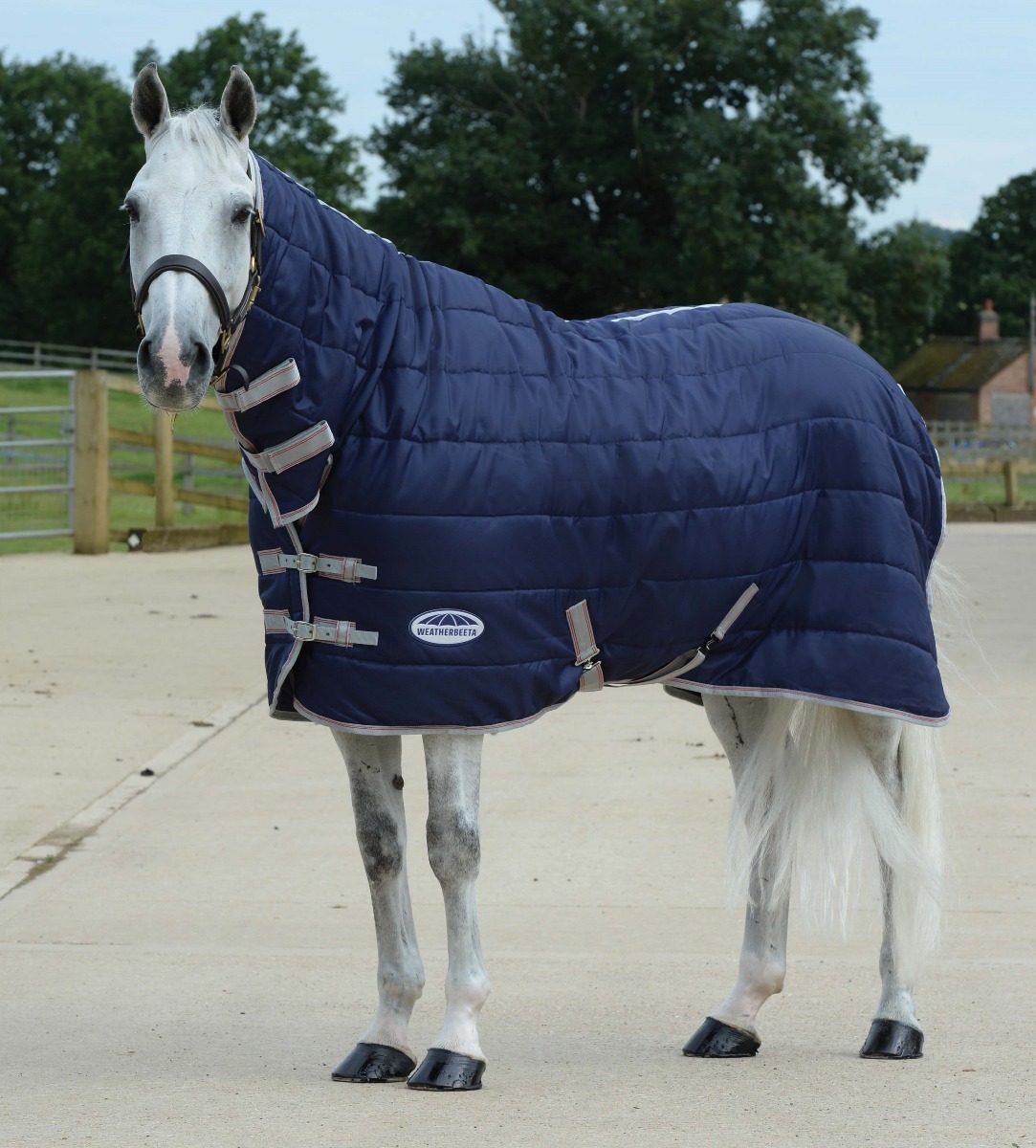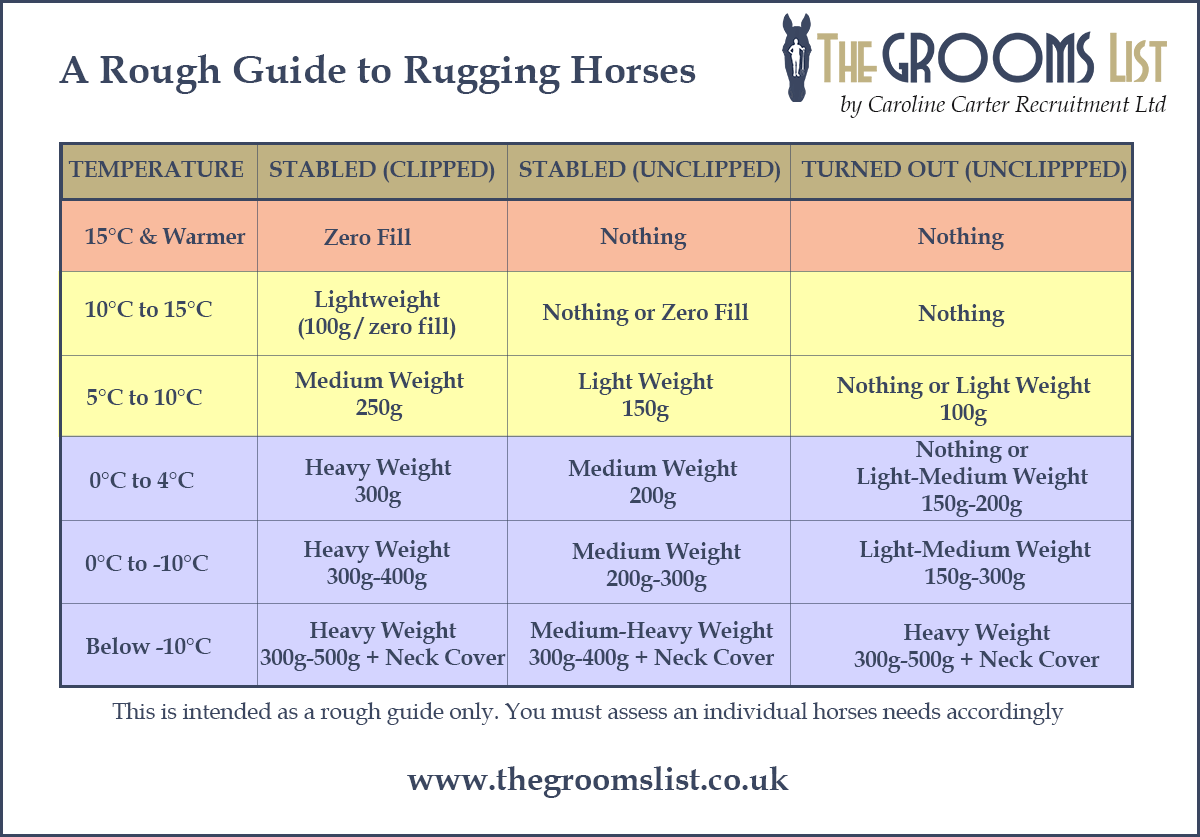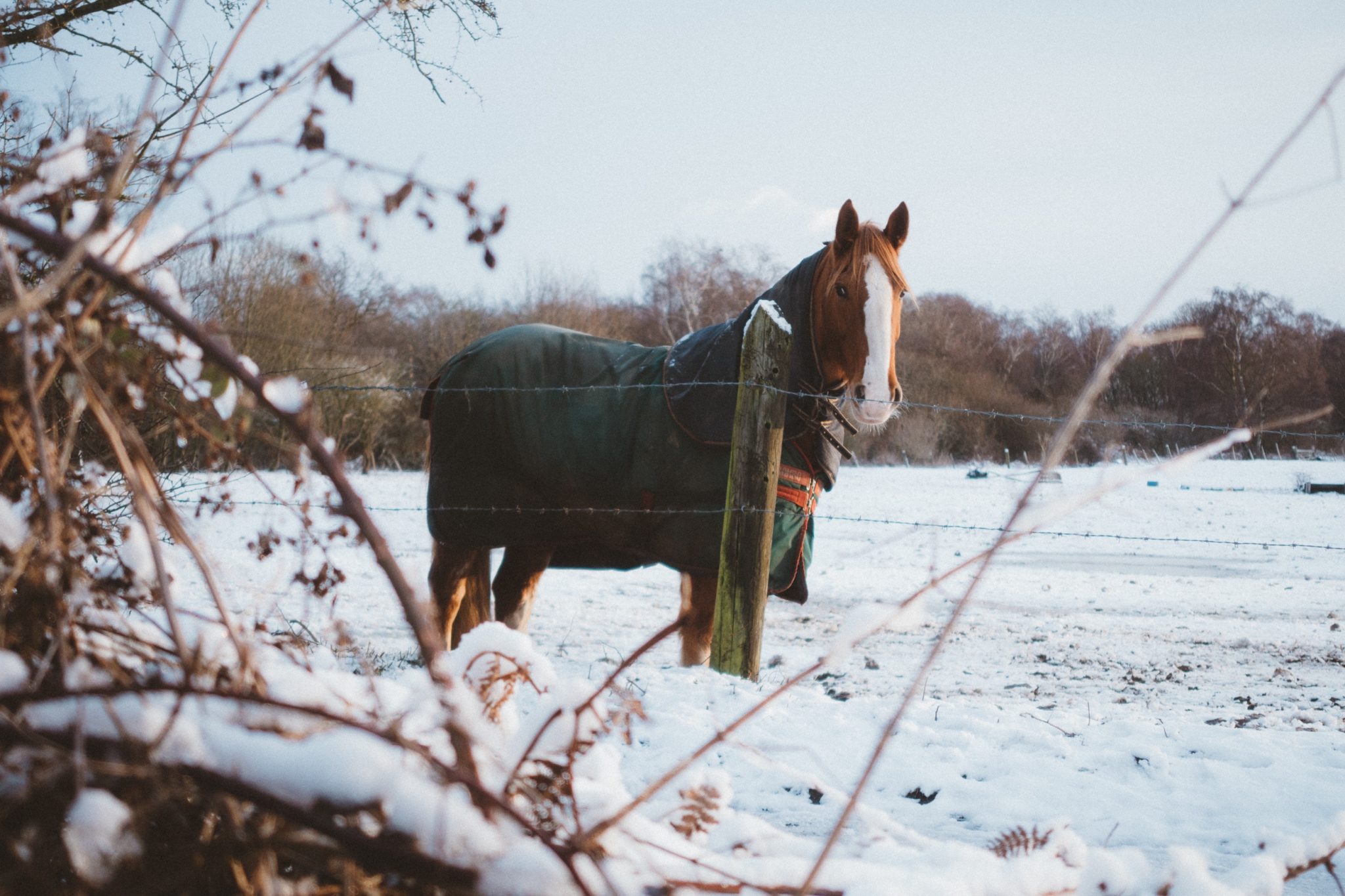When horses lose their natural hair coat, they may struggle to maintain their body temperature effectively. This is particularly true in colder climates or when exposed to harsh weather conditions. As a result, equine caretakers often turn to horse blankets as a solution to help regulate their body heat. The blanket acts as an insulating layer, trapping warmth between the horse’s skin and the fabric, and providing protection against the cold, wind, and rain. Understanding when and why to use these blankets is crucial for horse care and equine comfort.
Proper Blanketing for Horse Comfort

Ensuring proper horse care means recognizing the unique requirements of each horse, including their ability to cope with temperature changes. Domesticated horses often face different challenges than wild horses, such as being confined to stables or dealing with inclement weather. Consequently, horse blankets become a vital resource for maintaining equine comfort.
Blanket Usage for Maintaining Equine Homeostasis
A horse’s ability to self-regulate its body temperature can be affected by numerous factors, including dietary changes, metabolism, and overall health. Recognizing these influences is essential when determining the use of blankets to support the horse’s well-being.
Deciding on Blanket Application
Deciding when to use a blanket requires careful consideration. After strenuous activities, horses might need a blanket to avoid a rapid decrease in body temperature, while during warmer conditions, a lighter cover or no blanket might be more appropriate to prevent overheating.
Customized Care for Each Horse
Different horses have varying needs depending on breed, body condition, and previous exposure to climates. For instance, a thin-coated horse might benefit from additional insulation, while a horse with a naturally thick coat might require less. Transitioning horses to new environments may also necessitate the use of blankets for added warmth.
Observing Responses to Blanketing
It’s vital to observe how a horse reacts to being blanketed, watching for any signs of stress or discomfort. These observations can guide caretakers in making the necessary adjustments to ensure the horse remains comfortable and healthy.
- Consider each horse’s specific needs in relation to temperature regulation.
- Observe the horse’s behavior closely after adding or removing a blanket.
- Be adaptable with blanket strategies to accommodate changing weather and horse conditions.
Clipped Horses and Blanket Necessity
For clipped horses, especially those used for competitive purposes, blankets are essential to compensate for the reduced natural insulation. Such horses may be more susceptible to the cold and require careful attention to their blanketing needs.
Shelter and Blanketing Requirements
The surrounding environment plays a role in determining a horse’s blanketing needs. Access to natural shelters or a well-insulated barn could mitigate the necessity for heavy blankets, while horses in more exposed areas might need additional protection.
Adjusting Blankets to Weather Fluctuations
With weather being inherently variable, it’s important for horse caretakers to be prepared to modify blanketing practices swiftly. A selection of blankets of varying weights can help manage sudden temperature shifts, ensuring the horse’s comfort.
Optimizing Equine Care Through Blanketing
To optimize horse care, it’s essential to have a thorough comprehension of equine comfort and thermal regulation in horses. By combining attentive observation with a knowledge of each horse’s individual characteristics, caretakers can make informed decisions about when to blanket a horse. This tailored approach helps protect the well-being of horses in varying climates and conditions.
Maximizing Equine Well-being with Protective Coverings

Protective coverings in the form of horse blankets significantly enhance equine well-being. Beyond their thermal properties, these blankets shield horses from insects and the sun’s harmful rays, reducing the likelihood of skin issues and promoting a more comfortable existence for the animal.
Defending Against Climatic Conditions
By providing a waterproof barrier, horse blankets can thwart conditions like rain scald by preventing bacteria proliferation on a wet coat. This is particularly advantageous for equines without continuous access to shelter in inclement weather.
Comfort and Safety in Transit
During transportation, blankets safeguard horses from the trailer’s interior, diminishing the chances of injury. Regular travelers can benefit from this added layer of protection, which can lead to fewer injuries from movement.
Calming Influence in Unfamiliar Places
At events or in new locations, a horse’s own blanket can offer a reassuring presence, helping to alleviate anxiety and providing a touch of home comfort amidst the chaos.
Lightweight Blankets for Insect Defense
In temperate seasons, horse blankets with breathable materials offer respite from pests. This preventative measure is essential in regions prone to insect-carried diseases or for horses sensitive to insect bites.
- Blankets provide a defense against environmental stresses and health concerns.
- Blankets designed for travel reduce the risk of injuries during transit.
- Blankets can serve as familiar comfort items in new or loud environments.
- Insect-repellent blankets protect against bites and associated diseases.
Contributing to Grooming and Presentation
Blankets can also play a role in keeping horses clean, which is especially useful for show preparation or when maintaining a pristine appearance is key.
Support During Recovery
For horses healing from ailments or injuries, a well-chosen blanket offers warmth and a hint of support, which can be crucial as their bodies may struggle with temperature regulation during recuperation.
Comprehensive Advantages of Protective Equine Coverings

Guarding Against Environmental and Physical Harm
Protective equine coverings shield from more than just weather; they can prevent injuries sustained from outdoor environments, like scrapes from enclosures or objects in pastures.
Promoting a Hygienic Living Environment
Specialized coverings with antibacterial features are key in preventing infection, vital for horses sharing spaces and keeping their coats in optimal condition.
Seasonal Coat Management with Blankets
During seasonal coat transitions, blankets can moderate the growth of thicker fur, helping horses adapt to changing temperatures without developing an overly dense winter coat prematurely.
Personalizing Blanketing Strategies for Each Horse
Blanketing must be tailored to the individual, taking into account various factors like life stage, breed, and health, to ensure the correct type and level of protection is provided.
- Pasture blankets offer a shield against outdoor elements and potential harm.
- Linings with antibacterial properties in coverings help maintain coat hygiene.
- Coverings for different seasons aid in regulating coat changes.
- Specific blankets are designed to meet the diverse needs of horses based on their individual characteristics.
Blankets as a Holistic Health Measure
Utilizing horse blankets as a proactive health measure can be seen as a natural approach to horse care. This strategy not only prevents issues that might necessitate medical intervention but also promotes overall equine health and comfort without the need for pharmaceuticals.
Enhancing Equine Health with Appropriate Blanketing

Understanding the diverse range of types of horse blankets is essential to address the specific needs of each horse, considering various environmental factors and physiological requirements. Selecting the right kind of blanket is crucial to ensure horses are comfortable in different weather conditions, factoring in their activity levels and individual tolerance to temperature changes.
Customized Outdoor Protection
Outdoor blankets, known for their durability, are essential for horses facing the elements. Waterproof and sturdy, they offer varying degrees of warmth to cater to individual horses and fluctuating temperatures.
Indoor Comfort with Stable Blankets
Indoors, horses benefit from stable blankets that provide a cozy layer of warmth without the bulk, ensuring comfort during cooler indoor conditions and helping to keep muscles relaxed before events.
Post-Exercise Care with Coolers and Fleeces
Coolers or fleeces are specifically designed to manage a horse’s body moisture after exercise, allowing for a slow and steady reduction in body heat to avoid muscle strain and to maintain comfort.
Insect Protection with Fly Sheets
Mesh fly sheets are invaluable during bug season, providing horses with a breathable shield from pests while ensuring they remain cool and undisturbed by insects.
- Outdoor horse coverings are tailored for varying weather conditions.
- Indoor blankets enhance comfort and warmth in stable environments.
- Moisture-wicking materials in coolers and fleeces support post-activity recovery.
- Lightweight fly sheets offer essential insect protection and sunburn prevention.
Targeted Blankets for Specific Requirements
For unique situations such as riding in cold weather or aiding horses with health conditions, there are specialized blankets like quarter sheets and therapeutic blankets that offer additional benefits.
Adaptable Blanketing for Seasonal Changes
Adjusting the type and weight of a horse’s blanket in response to seasonal temperature shifts is key to maintaining optimal body temperature and preventing over-insulation or chill.
Diverse Materials and Weights for Tailored Protection
Blankets come in different weights and materials, ranging from light cottons to heavy-duty synthetics, each designed to provide the right level of insulation and protection.
Layering for Versatile Blanketing Strategies
Layering blankets, such as combining a light liner under a heavier turnout, offers a flexible solution to rapidly changing weather, enabling quick adjustments without excessive bulk.
Guidance on Blanket Selection
Choosing the appropriate blanket involves evaluating factors such as the horse’s living environment, physical condition, and coat thickness. This careful consideration ensures the right level of warmth and protection is provided, whether it’s for an active horse in the pasture or for one requiring special care.
If you’re curious about horse behavior and care, you’ve come to the right place. While you’re learning about why horses might need a blanket, you may also be interested in understanding other equine behaviors and practices. For instance, have you ever wondered why horses roll on the ground? Or perhaps you’re interested in the intricacies involved in putting a horseshoe on a horse? And if you’re following the stories of specific equines, you might be keen to find out what happened to Tiggy the horse. Dive into our articles for a trove of information on all things horse-related!
Practical Tips for Horse Blanketing

How to Properly Fit and Maintain Horse Blankets
Correctly fitting a blanket is critical to prevent discomfort or injury. A well-fitted blanket should allow freedom of movement without rubbing or slipping. Regular maintenance, including cleaning and inspecting for damage, extends the life of the blanket and ensures it provides adequate protection.
Common Mistakes to Avoid in Horse Blanketing
One common mistake is using a blanket that is too heavy or too light, which can lead to overheating or inadequate warmth. Another is neglecting to adjust the blanket as the horse’s body condition changes. Regular checks are necessary to ensure the blanket remains a good fit and in good condition.
- Blankets should be chosen based on the horse’s individual needs.
- Understanding the horse’s thermal regulation and comfort levels is critical.
- Maintenance and proper fitting are essential for effective use of horse blankets.
For additional insight into the various types of blankets and their specific uses, refer to the comprehensive guide provided by Liberty University’s Campus Recreation, which offers valuable information for horse owners and caretakers.



